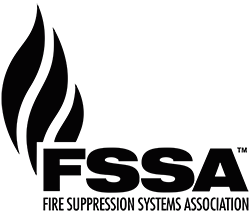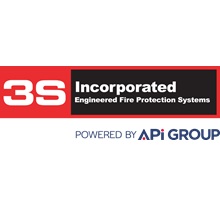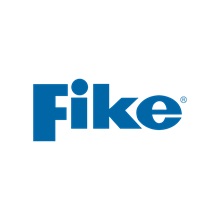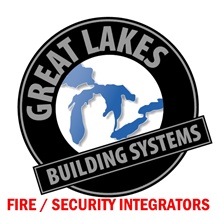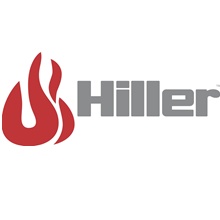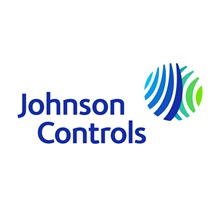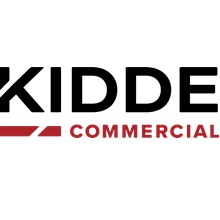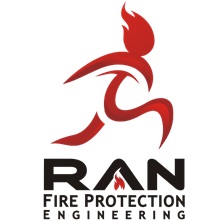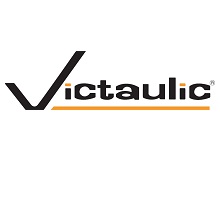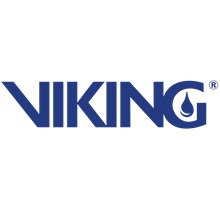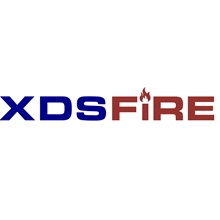FSSA Call to Action - NFPA Needs Your Support for the Pro Codes Act
Critical Action Needed: The fire safety standards system that has protected lives for over 125 years is under attack. Your voice is needed now.
The Situation: NFPA's ability to develop and maintain the 300+ fire, life, and electrical safety codes our industry depends on is being threatened by recent court decisions and legislative attacks. For-profit companies are selling unauthorized copies of safety codes, multiple states are freezing code updates for years, and special interests are exploiting public misunderstanding to weaken the consensus-based standards development system. Without the Pro Codes Act (H.R. 4072), we risk losing the self-funded system that has prevented countless tragedies like the Grenfell Tower fire (72 deaths) and Ghost Ship fire (36 deaths). The Pro Codes Act preserves copyright protection for standards developers while ensuring free public access—protecting both the funding model that supports rigorous safety standards and public transparency.
